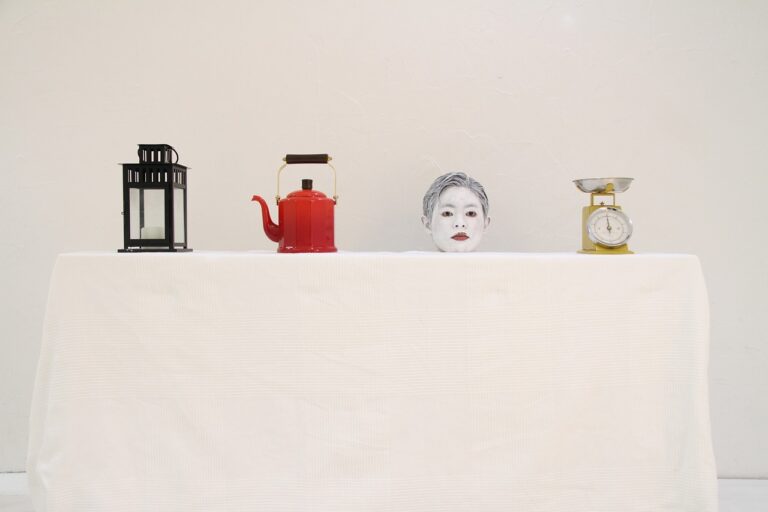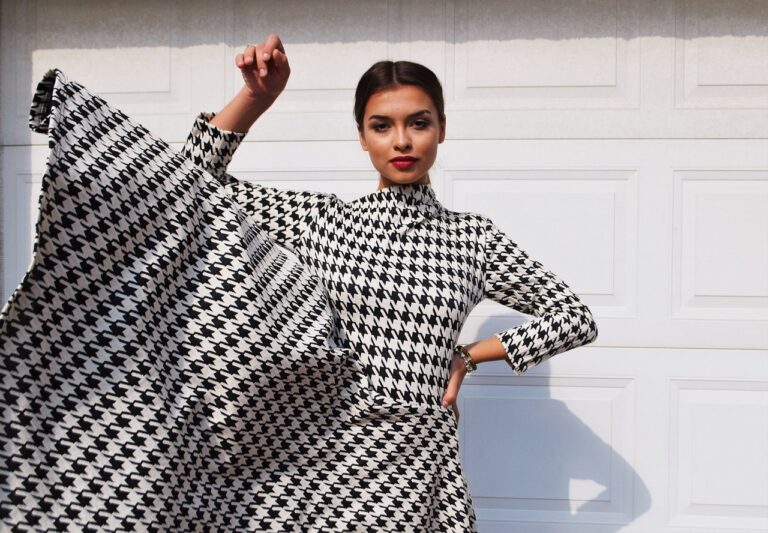Cultural Appropriation in Fashion: Navigating Sensitivity
Cultural appropriation occurs when elements of a minority culture are adopted by members of a dominant culture without proper acknowledgement or respect. It involves borrowing or using aspects of a culture that is not one’s own, often trivializing or distorting their significance. This can include anything from fashion styles and traditional clothing to symbols, practices, or rituals.
It is essential to recognize that cultural appropriation is not the same as cultural exchange or appreciation. The key distinction lies in the power dynamics at play — when a dominant group appropriates cultural elements from marginalized communities, it reinforces existing inequalities and can perpetuate harmful stereotypes. This can lead to the erasure of the cultural identity of the marginalized group, causing emotional harm and perpetuating historical injustices.
Understanding the Impact on Marginalized Communities
Cultural appropriation can perpetuate harmful stereotypes and distort representations of marginalized communities. This can lead to the belittlement of their traditions and customs, reducing them to mere trends or fashion statements. Such misappropriation can disregard the significance and meaning behind cultural practices, undermining the lived experiences of those within these communities.
Furthermore, when individuals from marginalized communities witness their cultural symbols being commercialized or misrepresented, it can evoke feelings of anger, frustration, and powerlessness. This can reinforce feelings of exclusion and alienation, exacerbating existing social inequalities. Ultimately, cultural appropriation has the potential to deepen divides and foster a sense of cultural erasure among marginalized groups.
Cultural appropriation can perpetuate harmful stereotypes and distort representations of marginalized communities.
This can lead to the belittlement of their traditions and customs, reducing them to mere trends or fashion statements.
Such misappropriation can disregard the significance and meaning behind cultural practices, undermining the lived experiences of those within these communities.
Furthermore, when individuals from marginalized communities witness their cultural symbols being commercialized or misrepresented, it can evoke feelings of anger, frustration, and powerlessness.
This can reinforce feelings of exclusion and alienation, exacerbating existing social inequalities.
Ultimately, cultural appropriation has the potential to deepen divides and foster a sense of cultural erasure among marginalized groups.
Examples of Cultural Appropriation in Fashion
Cultural appropriation in fashion can be seen in various forms, often when dominant cultures borrow elements from marginalized communities without understanding or acknowledging their significance. One common example is the use of Native American headdresses as fashion accessories, which hold deep spiritual and cultural meanings for Indigenous peoples. When these headdresses are worn as mere fashion statements without respect for their cultural importance, it perpetuates harmful stereotypes and diminishes the significance of these sacred symbols.
Another instance of cultural appropriation in fashion is the use of religious symbols, such as the bindi, a dot worn on the forehead in Hindu culture, as a trendy accessory without understanding its spiritual significance. By commodifying and commercializing these symbols, fashion brands not only disrespect the traditions they come from but also contribute to the erasure of the communities they belong to. It is important for fashion industry stakeholders to educate themselves on the cultural significance of the elements they incorporate into their designs and to work towards fostering respectful and inclusive representations of diverse cultures.
What is cultural appropriation in fashion?
Cultural appropriation in fashion refers to the act of taking elements from a culture that is not your own and using them in a way that is often disrespectful or exploitative.
How does cultural appropriation impact marginalized communities?
Cultural appropriation can have a negative impact on marginalized communities by trivializing their cultural symbols, practices, and traditions. It can also perpetuate harmful stereotypes and perpetuate power imbalances.
Can you provide examples of cultural appropriation in fashion?
– Using traditional Native American headdresses as fashion accessories – Appropriating African tribal prints without understanding their cultural significance – Marketing a line of clothing as “boho chic” without acknowledging its roots in Romani culture
How can individuals avoid cultural appropriation in fashion?
– Educate yourself about the cultural significance of the elements you are using – Give credit to the culture you are drawing inspiration from – Support and promote designers and brands from the culture you are inspired by







